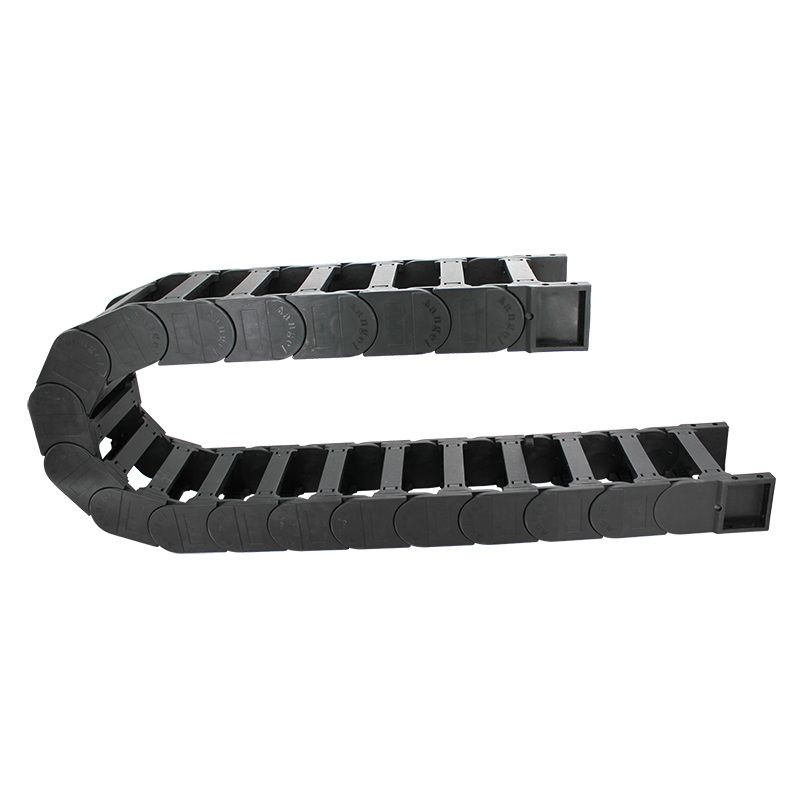CNC Cable Track Solutions for Efficient Machine Organization and Management
Understanding CNC Cable Tracks Essential Components for Precision Engineering
CNC (Computer Numerical Control) machines represent a significant advancement in the field of manufacturing and engineering. These sophisticated devices rely on the precise movement of components to create intricate designs and products. One of the crucial elements that ensures the smooth operation of CNC machines is the cable track system. In this article, we will explore the importance, functionality, and benefits of CNC cable tracks, highlighting their role in enhancing machine efficiency and safety.
What is a CNC Cable Track?
A CNC cable track, often referred to as a drag chain or cable carrier, is a flexible conduit that organizes and guides the cables and hoses supplying power and data to CNC machines. These tracks are designed to protect cables from wear and tear, ensuring that they do not become tangled or damaged during the machine's operation. By enclosing cables in a robust and flexible casing, cable tracks help maintain the cleanliness of the work environment, minimize downtime, and extend the lifespan of the cables.
Importance of CNC Cable Tracks
The primary role of CNC cable tracks is to facilitate the movement of cables alongside the moving parts of a CNC machine. As machines operate, various components such as the spindle, table, and other moving elements require constant power and signals. The use of cable tracks ensures that these connections remain intact and unimpeded, even as the CNC machine performs complex movements.
In addition to guiding cables, cable tracks serve a protective function. They act as a barrier against dust, debris, and mechanical damage, which can be particularly detrimental in industrial environments. By protecting cables, they help prevent unexpected machine failures and costly repairs, significantly enhancing overall productivity.
Types of CNC Cable Tracks
CNC cable tracks come in several designs and materials, each suited for specific applications and environments. The most common types include
1. Plastic Cable Tracks Lightweight and easy to assemble, plastic tracks are resistant to chemicals and suitable for various applications. They are ideal for light to medium-duty CNC machines.
2. Steel Cable Tracks Stronger and more durable than plastic options, steel tracks are designed for heavy-duty applications where increased strength and resistance to wear are required.
cnc cable track

3. Modular Cable Tracks These tracks can be customized to fit specific shapes and configurations. They offer flexibility in installation and can adapt to various machine designs.
4. Robot Cable Tracks Specialized for robotic arms and CNC robotics, these tracks often have unique designs to accommodate a robot's complex movements while keeping cables secure.
Benefits of Using CNC Cable Tracks
The integration of cable tracks into a CNC machine design brings several advantages
1. Reduced Maintenance By protecting cables from wear and tear, cable tracks minimize the need for frequent repairs and replacements. This leads to lower maintenance costs and less downtime.
2. Enhanced Safety Tidy cable management reduces tripping hazards and prevents accidental disconnections, promoting a safer work environment.
3. Improved Performance With organized cables, CNC machines can operate more reliably. The possibility of cable tangling or snagging is significantly reduced, enhancing overall machine performance.
4. Increased Flexibility Modern cable track systems are designed to adapt to varying machine movements and configurations, allowing for greater flexibility in design and operation.
5. Aesthetic Appeal Organized and neatly routed cables contribute to a cleaner and more professional appearance in workshops and production areas.
Conclusion
CNC cable tracks are an integral part of modern CNC machine design, playing a pivotal role in ensuring efficient and safe operations. From reducing maintenance costs to enhancing safety and performance, the benefits of using cable tracks are evident in any industrial setting. As CNC technology continues to evolve, so too will the innovations in cable management solutions, paving the way for even greater efficiencies in manufacturing processes. Understanding and implementing proper cable management with CNC cable tracks can significantly contribute to the long-term success of any machining operation.








